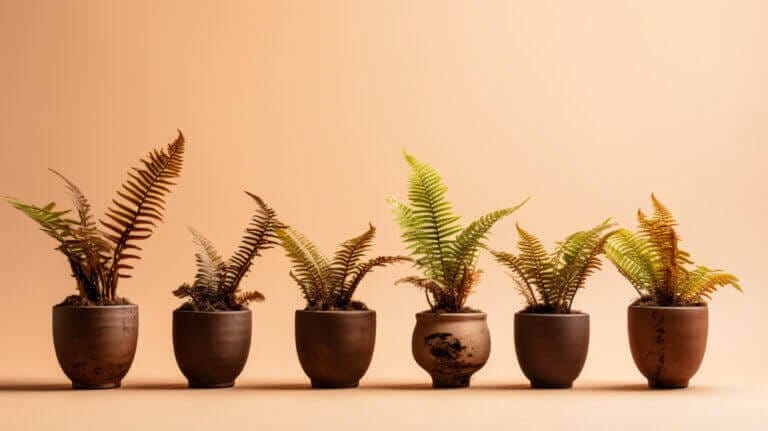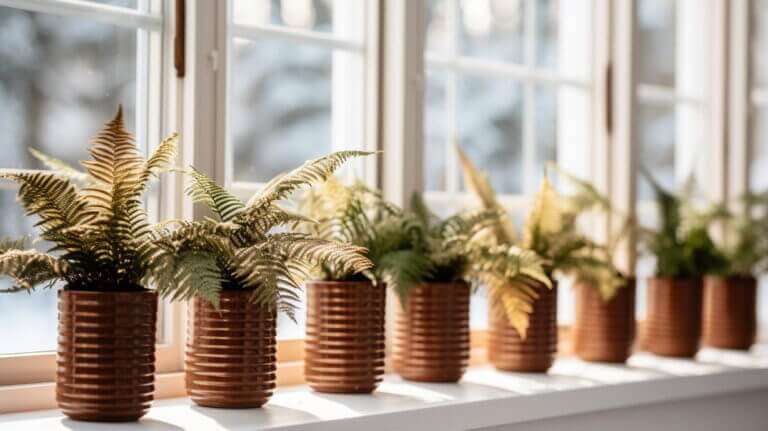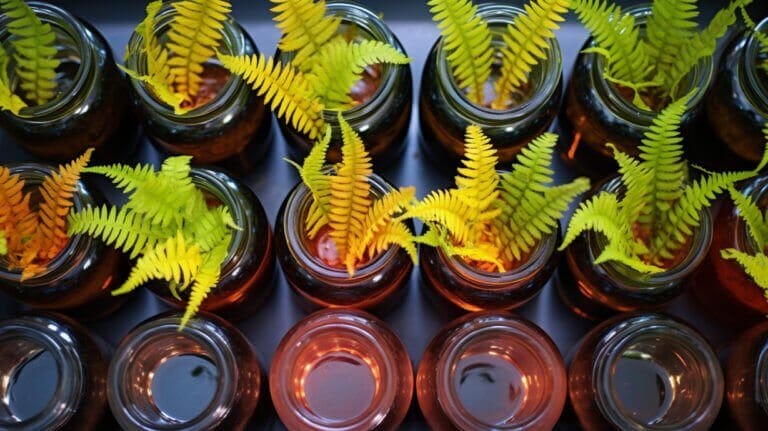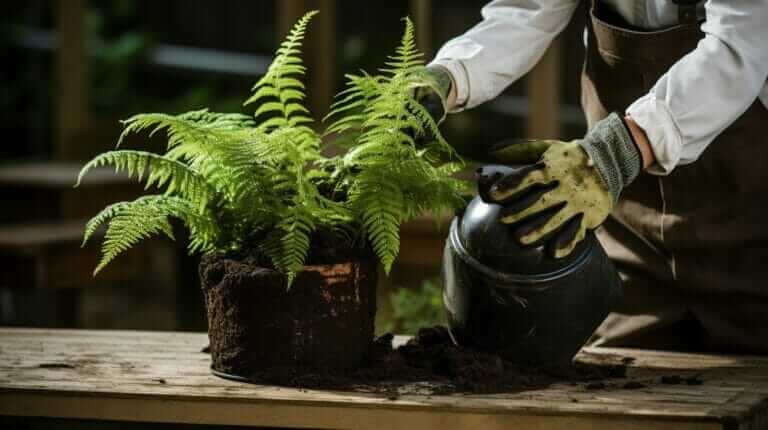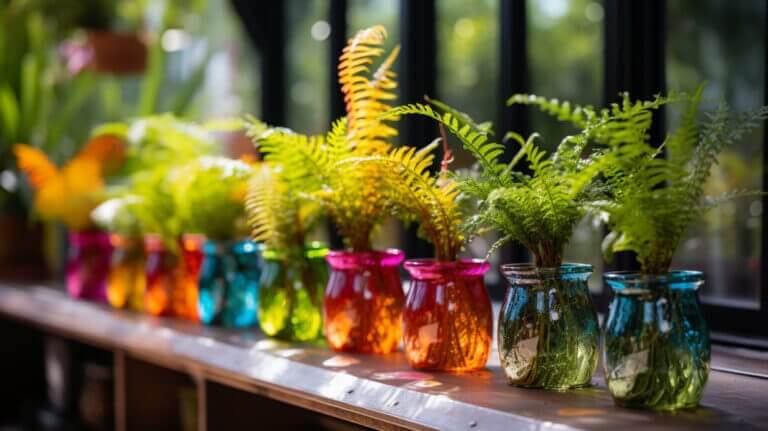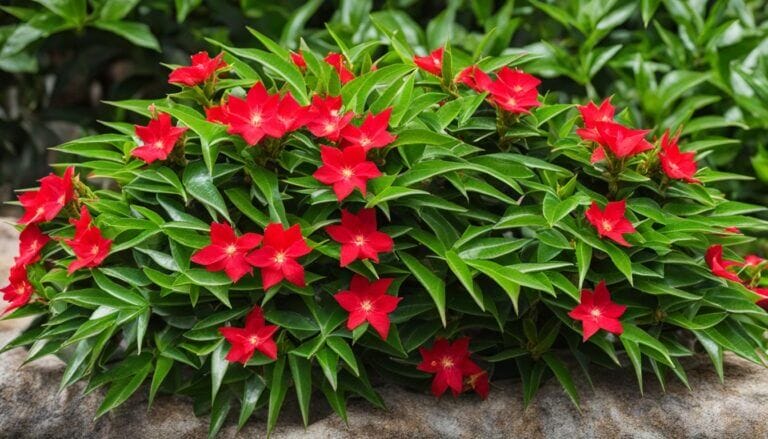How to Split a Boston Fern: Dividing the Rootball for New Plants
Splitting Boston fern plants and dividing ferns rootball can be done using different methods to propagate and create new plants. Whether you choose to use runners or shoots, or slice the rootball, these step-by-step techniques will help you expand your indoor garden and give new life to your Boston ferns. Key Takeaways: Propagate Boston ferns using runners or shoots…


